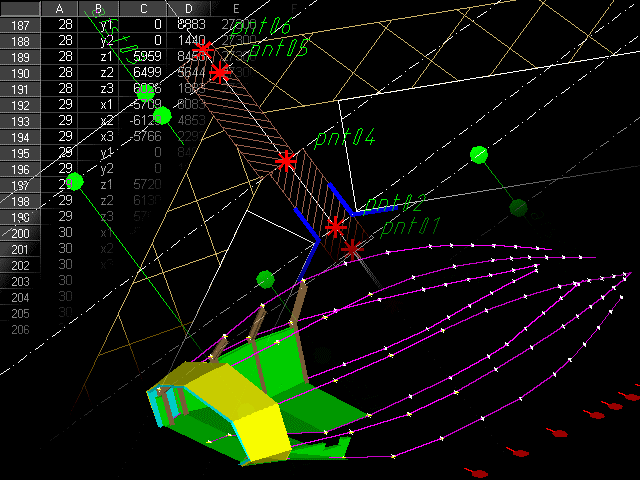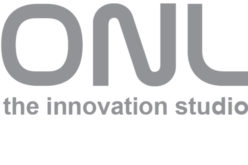Some days ago I shared a video of a swarm of thousands of starlings. This shared video quickly has over hundred likes, it sure appeals to people’s expectations of what is beautiful. I added two words: swarm architecture. In other words I linked the image of the swarm to architecture, notably my own.
No metaphor
Now how can a recording of a dynamic swarm possibly link to something that is as static as architecture? [the answer is literally blowing in the wind]. I certainly did not refer to the swarm as a superficial reference only, and it is explicitly not meant as a metaphor. I hate metaphors, my design attitude is based on what it is, not what it looks like.

So what is the swarm in my architecture? It really started 20 years ago when we were designing and executing the Waterpavilion at Neeltje Jans in Zeeland. To actually build the steel structure we found out that describing [scripting] the exact geometric relations between the reference points on the control curves would form the best basis for the communication with the production machines. We realized that CNC production machines do not read drawings but process data instead. So we decided to produce data which were directly used by the algorithms running the machines. It was the birth of deep parametric design to production.
Dynamic system
Now we learned how to describe the relations between reference points of the point cloud, we realized that we were actually doing something very similar to what birds do in a flock. The birds follow some simple rules as to form the flock. Yet the birds execute their rules as a player in a running complex adaptive system, similar to being a player in a game. This triggered me to think of architecture as a dynamic system, not only in the design phase where everything is still moldable, but also in its behavior as a built structure. That being noted, I invented the Trans-Ports multimodal pavilion in the years 1999 – 2000. The Trans-ports pavilion is a structure that changes shape and content in real time as to accommodate changing use over time. Keywords that I used from then on: time based architecture, real time behavior, multimodality, interactive architecture. The nodes of the dynamic structure act as in a swarm, they look to their immediate neighbors as to change position and information content.
realtime behavior| trans-ports version 3.0| design kas oosterhuis | 1999
In that same year I was invited to make an interactive installation for the Venice Architecture Biennale in 2000. As proof of concept for multimodality and real time behavior I designed together with Ilona Lénárd the interactive painting titled Handdrawspace, 360 degrees projected on the 3 curved screens around the central arena for the interaction with the public. The public would move between center and periphery of the arena and trigger arrays of sensors informing the algorithms. The algorithms controlled the number of dots, the size of dots, and the background colors.
Everything we have done since, whether interactive installations or built structures, notably the Web of North-Holland, the A2 Cockpit, the Bálna Budapest, the LIWA tower in Abu Dhabi are further steps in the development of that basic concept of the swarm. Without compromise, the logic of the swarm functioned as the very genetic material facilitating our design language.
NB: I have written since quite a number of articles on swarm architecture [google entry: swarm architecture kas oosterhuis].
